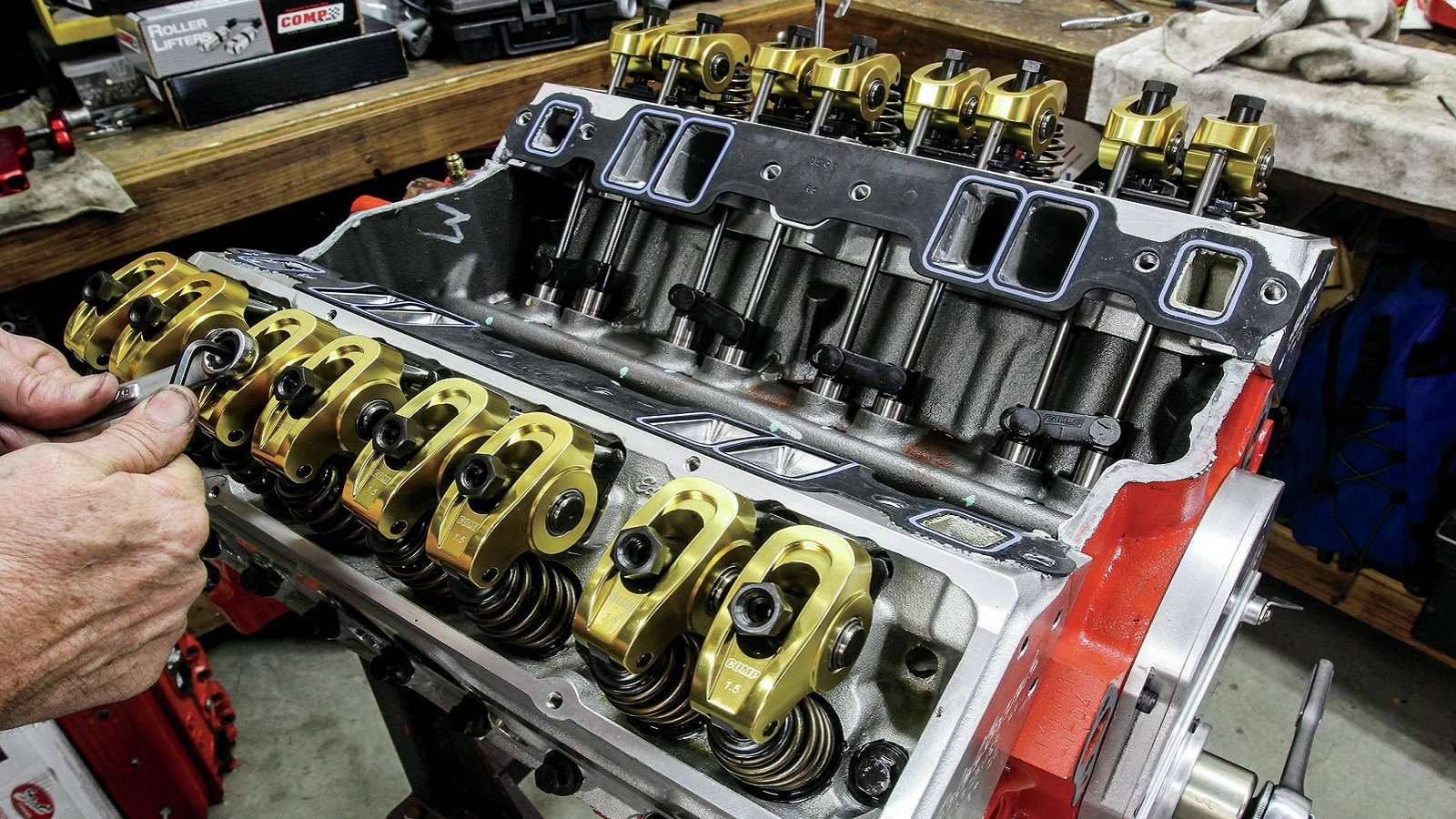
Team Penske qualified in pole position and won the race by a large margin. Due to a loophole in the rules, the pushrod engine was allowed to use a larger displacement and higher boost pressure, significantly increasing its power output compared to the OHC engines used by other teams. OHC engines slowly became more common from the 1950s to the 1990s, and by the start of the 21st century, the majority of automotive engines (except for some North American V8 engines) used an OHC design.Īt the 1994 Indianapolis 500 motor race, Team Penske entered a car powered by the custom built Mercedes-Benz 500I pushrod engine. The first overhead camshaft (OHC) engine dates back to 1902, however use of this design was mostly limited to high performance cars for many decades. However, side-valve engines remained commonplace until the late 1940s, when they began to be phased out for OHV engines. Several other manufacturers began to produce OHV engines, such as the 1906–1912 Wright Brothers Vertical 4-Cylinder Engine. The engine was very successful for Buick, with the company selling 750 such cars in 1905. The engine was a flat-twin design with two valves per cylinder.

In 1904, the world's first production OHV engine was released in the Buick Model B. Marr returned to Buick in 1904 (having built a small quantity of the Marr Auto-Car, with the first known engine to use an overhead camshaft design), the same year that Buick received a patent for an overhead valve engine design. This engine employed pushrod-actuated rocker arms, which in turn opened valves parallel to the pistons. Marr was hired by Buick (then named Buick Auto-Vim and Power Company) from 1899–1902, where the overhead valve engine design was further refined. In 1898, bicycle manufacturer Walter Lorenzo Marr in the United States built a motorised tricycle powered by a single-cylinder OHV engine. Davis for an OHV engine with liquid coolant used to cool the cylinder head, but no working model was built. patent 563,140 was taken out by William F. The 1894 Diesel prototype engine used overhead poppet valves actuated by a camshaft, pushrods and rocker arms, therefore becoming one of the first OHV engines.

The exhaust valve(s) were driven by a camshaft, but were located in the engine block as with side-valve engines. īeginning with the 1885 Daimler Reitwagen, several cars and motorcycles used inlet valve(s) located in the cylinder head, however these valves were vacuum-actuated ("atmospheric") rather than driven by a camshaft as with typical OHV engines. As internal combustion engines began to develop separately to steam engines, poppet valves became increasingly common, with most engines until the 1950s using a side-valve (flathead) design. This was the case for the first Otto engine, which was first successfully run in 1876. The first internal combustion engines were based on steam engines and therefore used slide valves. 1904 patent for Buick overhead valve engine Predecessors


 0 kommentar(er)
0 kommentar(er)
